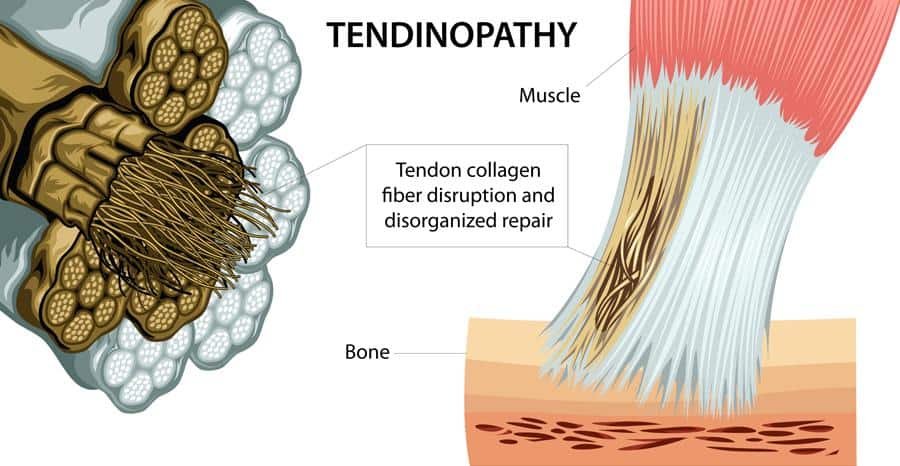Restore Joint Function With This Chiropractic Treatment
Active shoulder movement requires well-timed coordination between the shoulder and scapular muscles. Purposeful and injury-free movement is also dependent on adequate passive structural constraints, including the bony architecture, tendons, and ligaments. The active and passive structures determine the range of motion (ROM). Unfortunately, soft tissue imbalances, degenerative changes, and postural stresses lead to losses in joint ROM. There is one ROM often overlooked in the treatment of impingement syndrome of the shoulder—inferior glide of the humeral head upon the glenoid. This blog will explain the importance of inferior glide and provide a safe and effective treatment to restore normal joint function.
Watch Dr. Steele explain the importance of restoring shoulder inferior glide for impingement syndrome patients.
Three important questions regarding inferior glide:
How does it happen?
What happens when it is lost?
Are there ways to restore it?
1. How does it happen?
Inferior humeral glide is a primary function of the rotator cuff. The rotator cuff is a dynamic glenohumeral stabilizer acting to depress the humeral head (inferior glide) during arm elevation. This stabilizing force offsets the humeral elevation that would otherwise result from unopposed deltoid contraction during arm elevation. "Non-outlet" shoulder anterior impingement syndrome (SAIS) often arises from a loss of normal humeral head depression secondary to rotator cuff weakness or denervation.
2. What happens without inferior glide?
Glenohumeral ROM requires specialized movement; most importantly, inferior glide of the humeral head upon the glenoid. Without inferior glide, the humeral head would migrate superiorly compressing the contents of the subacromial space. The humeral head would roll up the glenoid fossa approximately 10mm into the coracoacromial space after only 22° of arm abduction. Loss of inferior glide results in compression to the supraspinatus residing in the subacromial space.
3. Are there ways to restore it?
There are short and long-term solutions. In the short term: chiropractors should consider inferior directed passive mobilization of the humerus upon the glenoid. The shoulder is a very mobile joint by design. So, imparting high-velocity thrusts into the joint may provide more harm than benefit. For this reason, Grade III mobilization may be preferable to Grade IV manipulation for the glenohumeral joint. Witt et al. recently published a paper identifying the safest and most effective patient position for inferior mobilization—perform in the open packed position.
The open-packed glenohumeral position entails the least structural constraint. This occurs at 55-70 degrees of abduction with 30 degrees of horizontal abduction and neutral rotation of the arm. This position allows the practitioner to achieve the most significant ROM improvement with the least amount of force. Shoulder pain patients are often apprehensive and appreciate lower force techniques that provide similar results.
Promotion of scapular stabilization and rotator cuff strength provide the most significant long-term benefit for improving shoulder ROM. Otherwise, rotator cuff weakness progresses in a self-perpetuating cycle of dysfunction. Repetitive insult due to superior shear of the humerus upon the glenoid damages the supraspinatus tendon. Tendon fibers remain under the forces of tension and intermittent compression, thereby increasing load resulting in tendon degeneration with increased likelihood of tearing this progressively failing tissue.
Loss of humeral inferior glide upon the glenoid is a significant contributor to the rotator cuff continuum. Clinicians should assess and resolve loss of inferior glide on all shoulder pain patients to prevent further injury. ChiroUp gives you access to best practice condition protocols for impingement syndrome and 94 other common patient conditions. Click HERE to get started with the top chiropractic resource on the market.
-
Witt, D. W., & Talbott, N. R. (2017). Scientific/Clinical Article: The effect of shoulder position on inferior glenohumeral mobilization. Journal of Hand Therapy. Retrieved from http://10.0.3.248/j.jht.2017.02.006

